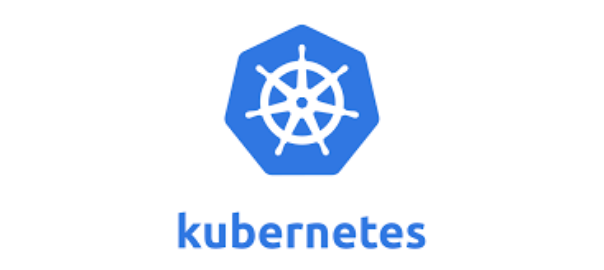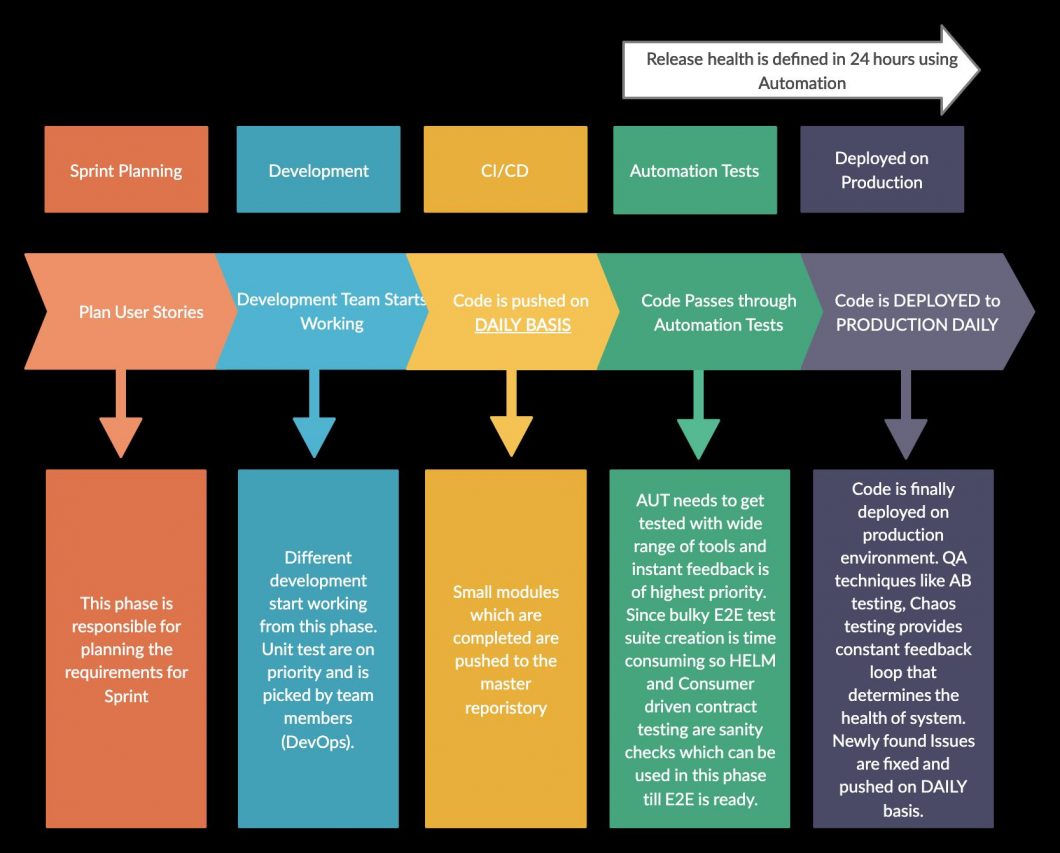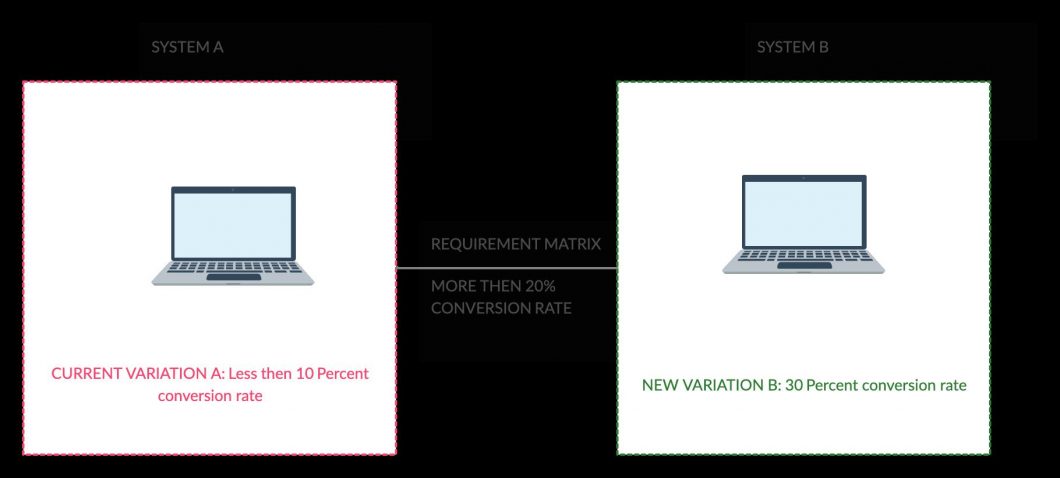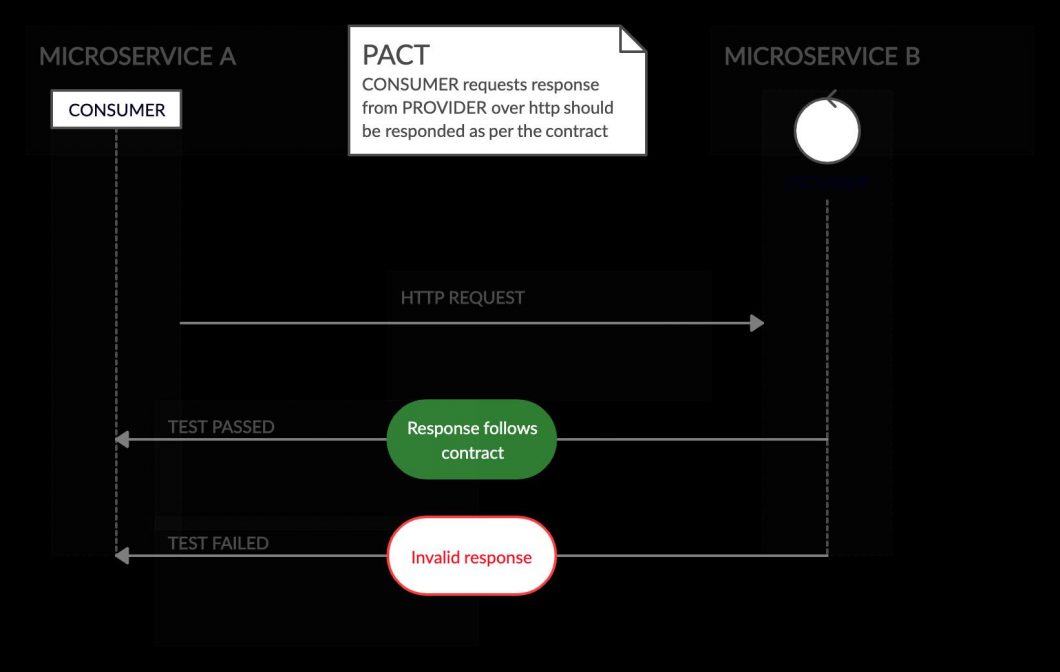Initially developed by Google, Kubernetes or K8 is an open-source container orchestration platform that automates several application development processes, including day-to-day procedures like upgrading, monitoring, and logging.
It allows its users to utilize Google’s expertise in distributed systems consisting of highly complex clusters, making it one of the leading container orchestration platforms that support organizations in developing applications cost-effectively.
In 2021, 50% of the organizations globally adopted Kubernetes for application development.
Kubernetes is a fundamentally resilient platform that offers myriad benefits in terms of rapid scaling, deployment, and automated container rollouts. One of the critical benefits of K8 is hybrid deployments. In this blog, we will look into how to develop a hybrid cloud strategy with Kubernetes.
What is a Hybrid Cloud Strategy?
Many companies are migrating toward public cloud infrastructure. However, businesses do not want to abandon their on-premises infrastructure due to the critical data available on it. Hence, opting for a hybrid cloud strategy becomes an ideal option for businesses, where they can utilize on-premises resources with cloud resources.
A hybrid cloud strategy is a plan to deploy and manage applications and services on multiple clouds, i.e., public and private. Creating a hybrid cloud strategy is essential for enterprises undergoing digital transformations. With this strategy, organizations can easily bifurcate what data goes on on public cloud infrastructure and private cloud infrastructure.
Benefits of a Hybrid Cloud Strategy
Here is a list of the benefits that enterprises can get by developing a hybrid cloud strategy:
- Scalability
With a hybrid cloud strategy, businesses can achieve true application portability. Meaning the application can be shifted instantaneously from one cloud infrastructure to another as per the requirement. It can distribute and manage the load without performing any complex configuration.
- Data Safety
By replicating your on-premise data on cloud infrastructure, you can provide a backup for your database in case your on-premise infrastructure faces some technical disaster and you lose all your crucial information.
- Innovation
A hybrid cloud strategy enables the IT team to develop and test new updates of an application on the private cloud infrastructure before making it available on the public cloud infrastructure. This allows the IT team to be more innovative and eliminates the need for any downtime required for developing new features.
- Cost-effectiveness
Businesses using a hybrid cloud strategy require lesser time and resources in developing and deploying an application. Hence, making the overall process cost-effective.
- High Performance
By adapting to a hybrid cloud strategy, you can distribute the application globally, hosting critical services and data per the requirement, and provide high-performance to the users.
Benefits of Kubernetes
Kubernetes comes with several features that are very beneficial for organizations:
- Auto Scaling is one of the most prominent benefits of Kubernetes. K8 has three different autoscaling capabilities- Horizontal Pod Autoscaler (HPA), Vertical Pod Autoscaler (VPA), and Cluster Autoscaler. It allows the enterprises to run the workloads cost-effectively and efficiently.
- Kubernetes acts as an orchestration system and enables the IT team to leverage a containerized environment.
- Another impressive benefit of Kubernetes is its self-healing ability. If a container fails, K8 can replace it or restart it automatically. The platform also constantly monitors the health of nodes and containers.
- With Kubernetes, IT teams can manage the network of multiple containers through a single console.
- One can also build a micro-services-based application with Kubernetes. It allows the companies to scale the parts of the application that have received high traffic.
Challenges with Kubernetes
Even though there are numerous advantages of Kubernetes, there are also some drawbacks of the platform.
- There are too many moving parts involved in Kubernetes; hence, new users would have to go through a steep learning curve while adapting to the platform.
- The initial step-up and configuration of Kubernetes is complex and can be overwhelming.
- The platform provides limited automation during the restoration of the containerized application environment.
- The platform can be more expensive than its alternatives.
Kubernetes-Based Hybrid Cloud Strategy
Kubernetes offers an ideal foundation for hybrid cloud strategy because of its consistency. It does not matter if you are using Kubernetes as an on-premise infrastructure or a cloud infrastructure; they both work on the same commands and in similar ways. As Kubernetes is open-source, you can also deploy it in clusters of machines without licensing or contracts.
With Kubernetes, you can develop a hybrid cloud strategy using three different methods:
- Clusters Without Direct Interaction: In this method, there are multiple clusters in a system, with each one having a different task to perform, and there isn’t any direct interaction among them. It is a beneficial strategy if you are looking for environment segregation to develop applications on one cloud platform and deploy them on another.
- Cluster Federation: This is the opposite of clusters without a direct interaction method. Cluster federation provides a single point of view for all clusters. The method comes in handy when looking for a centralized configuration of data centers and a single API. It establishes a standardized Kubernetes deployment for all clusters.
- Serverless Architectures: This method can be considered one of the popular trends for adopting a Kubernetes-based hybrid cloud strategy. The purpose of a serverless architect is to offload the cluster. It allows Kubernetes to be integrated as a virtual machine (VM) in case your physical machines are exhausted.
Conclusion
In conclusion, a Kubernetes-based hybrid cloud strategy provides a holistic solution for deployment, management, and operational concerns. However, there are a lot of moving parts involved in the process. Coming up with a hybrid cloud strategy can be a challenging task. That’s why many companies prefer outsourcing this job to expert IT professionals.
To create a perfect Kubernetes-based hybrid cloud strategy for you, Mindfire Solutions has assembled a team of passionate individuals who are well-equipped with industry knowledge and have been working in this domain for a long time. Over the years, Mindfire Solutions has worked with several world-renowned companies like SAP, AsianPaints, and DHL.
Visit Mindfire Solutions to learn more about our services.





